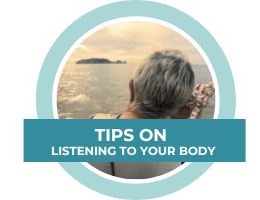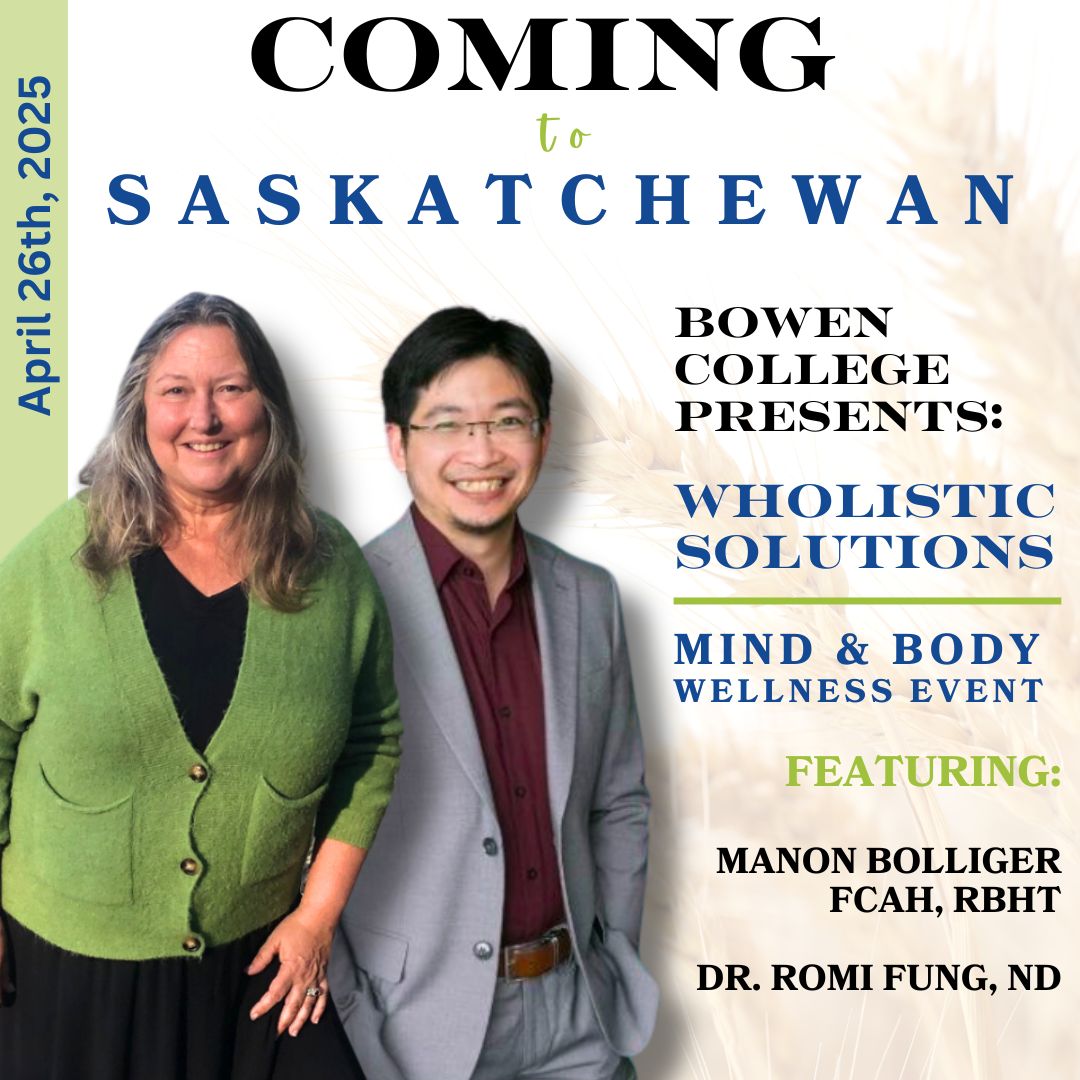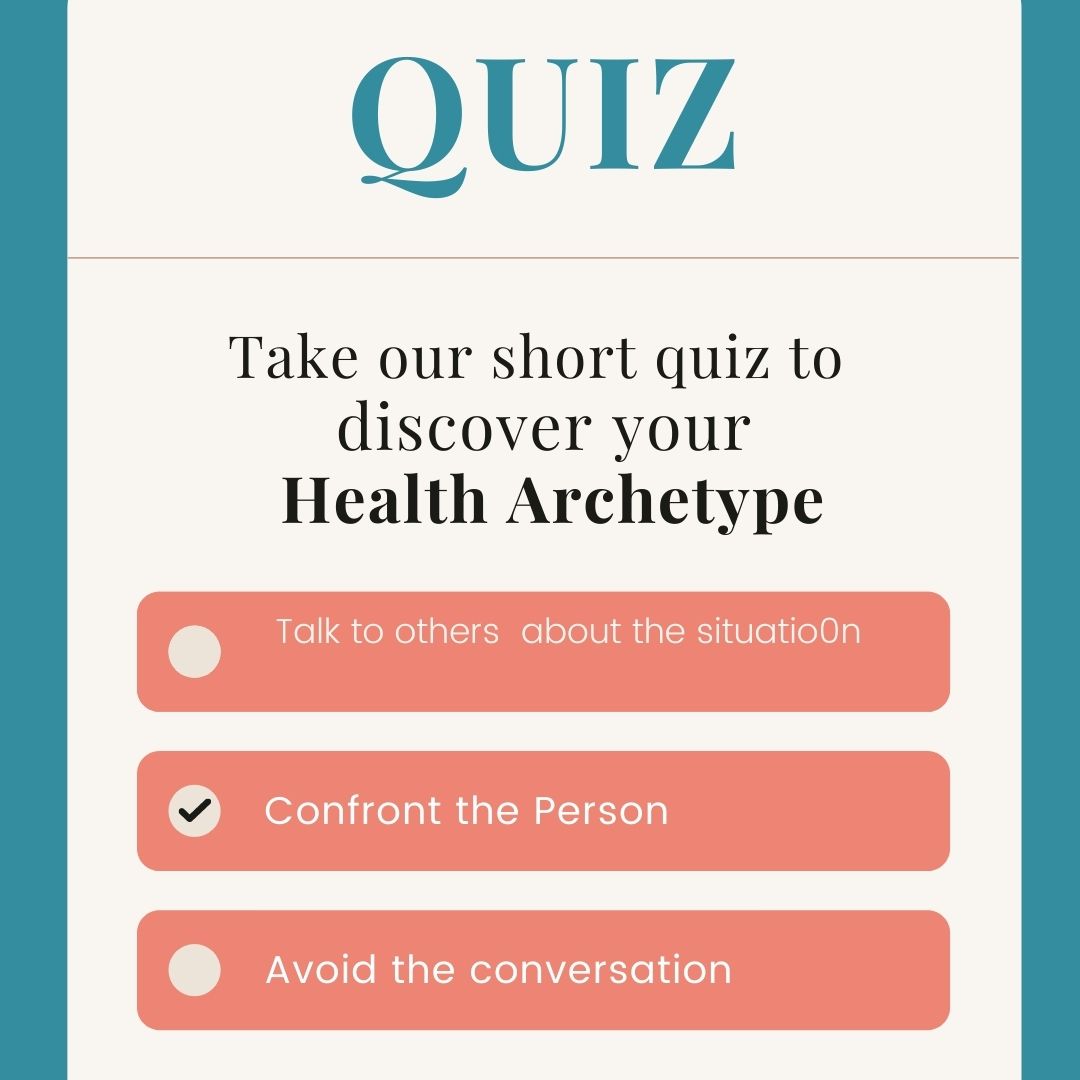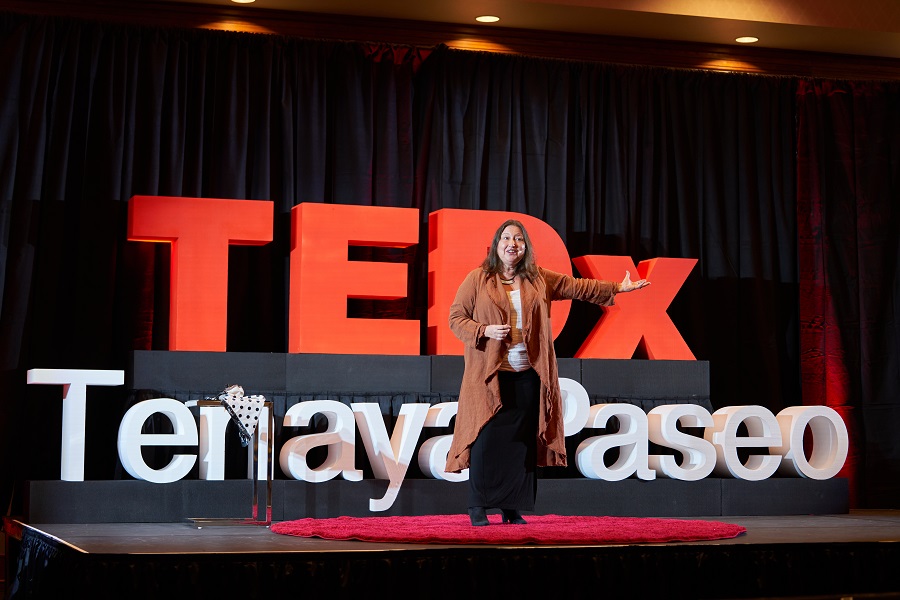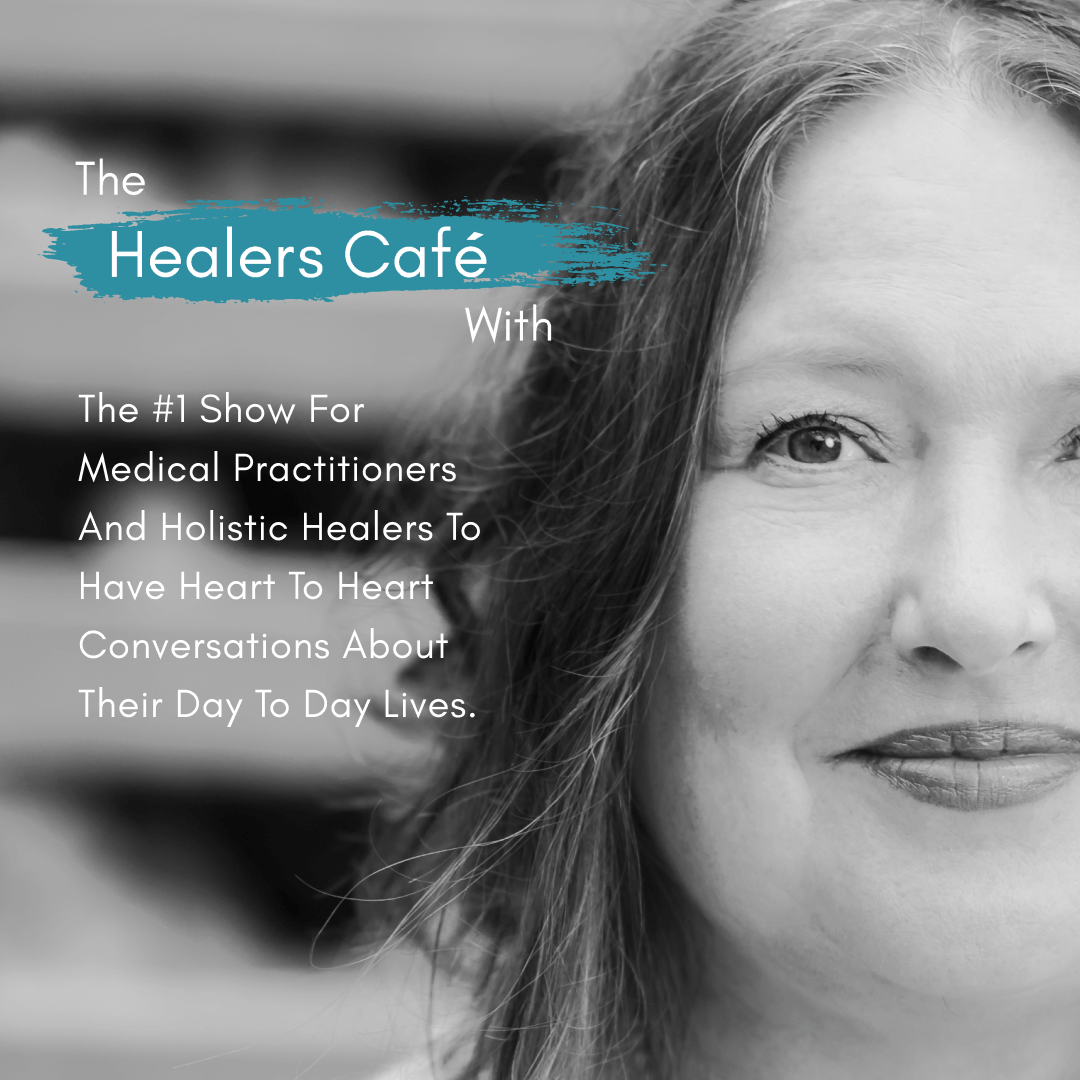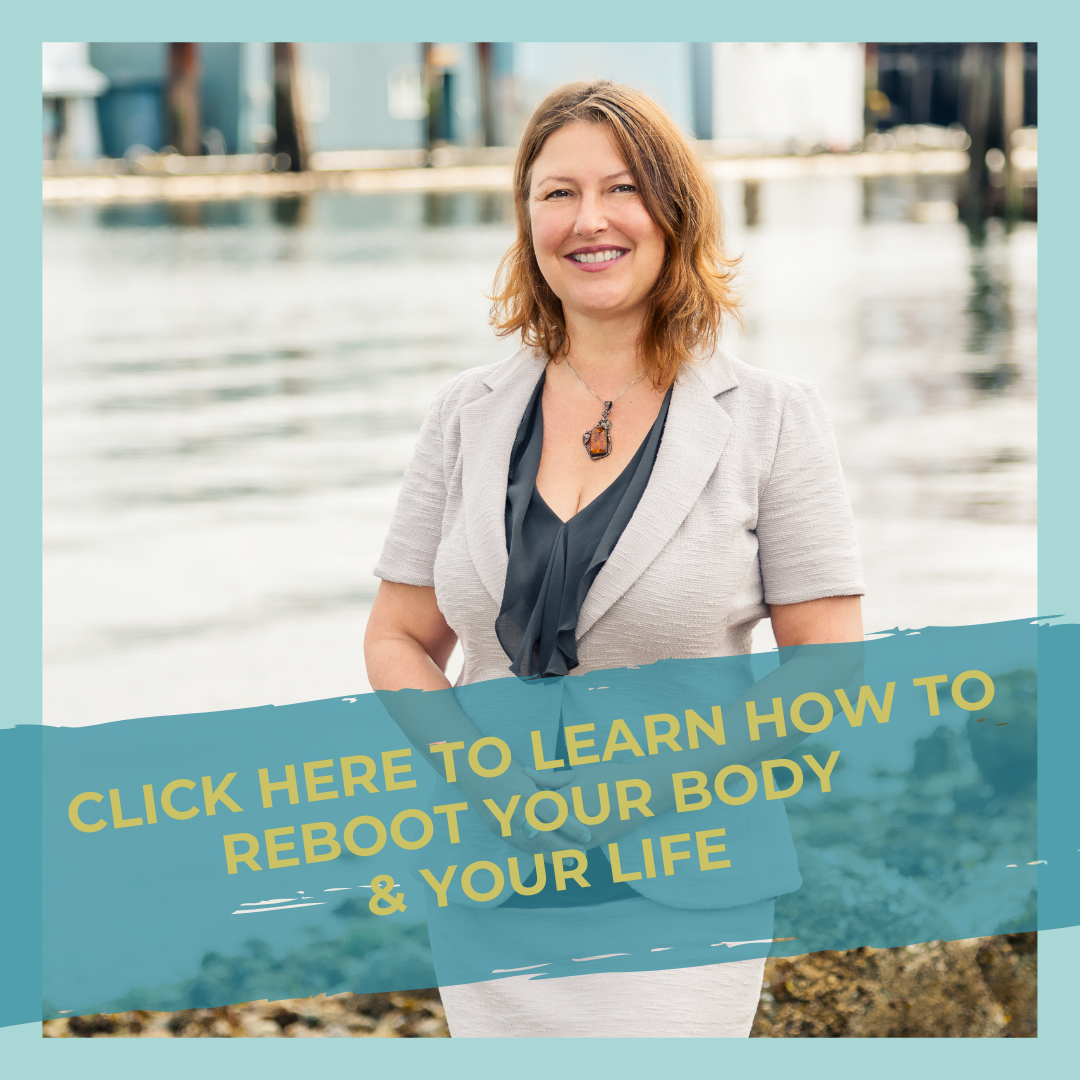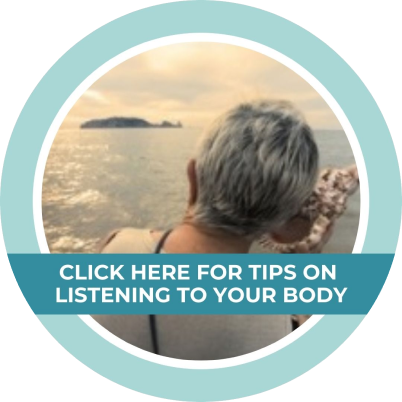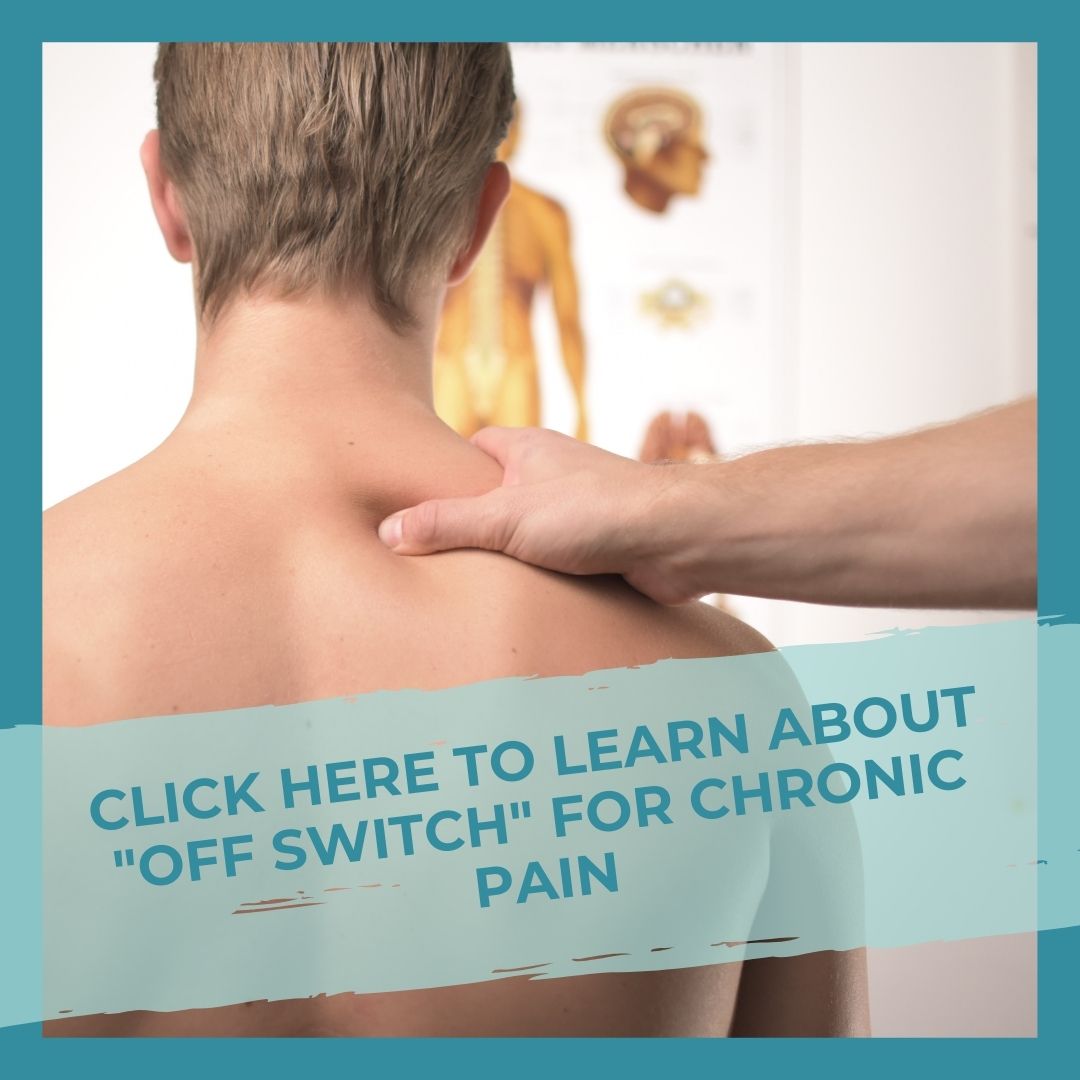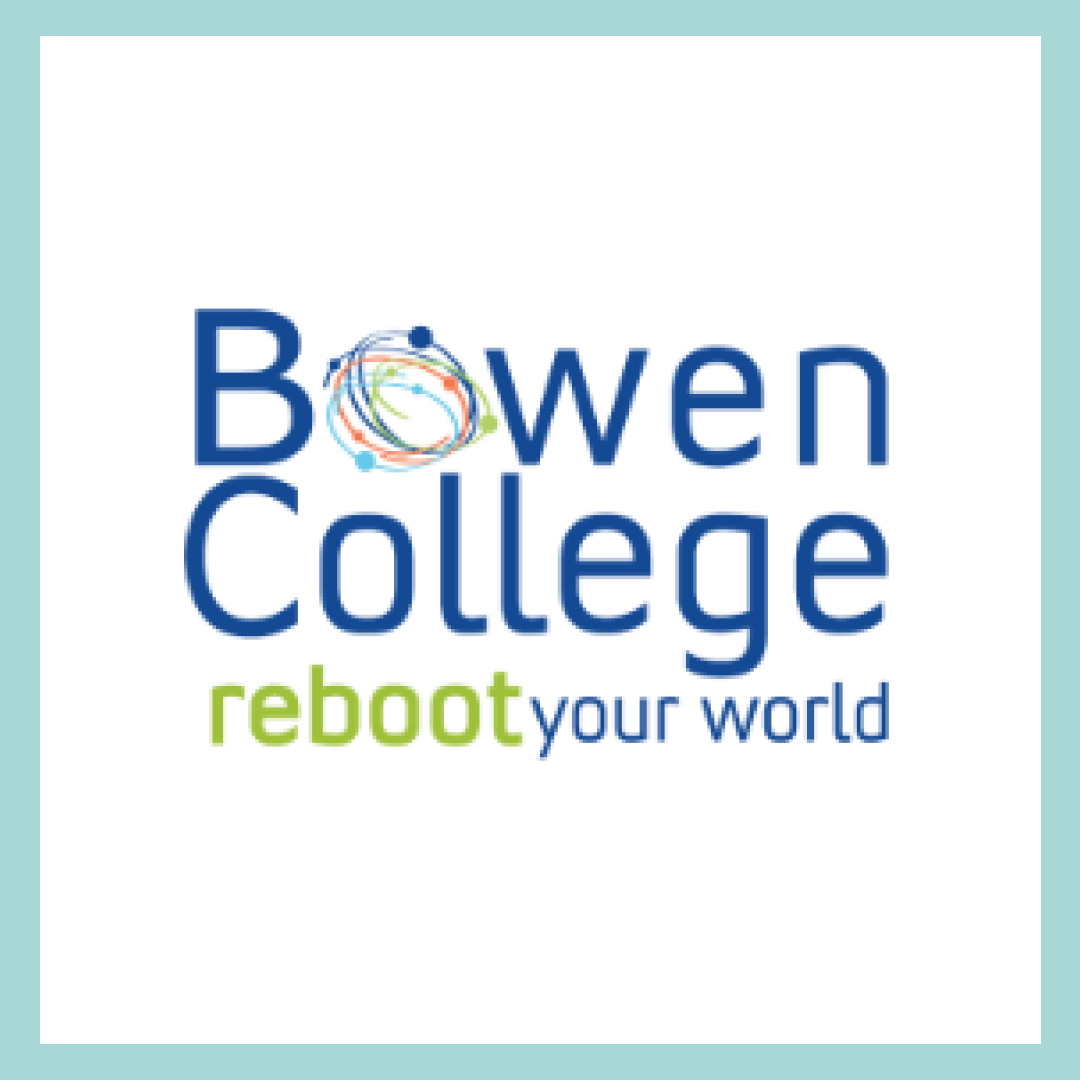
The #1 show for medical practitioners & holistic healers to have heart to heart conversations about their day to day lives.

Manon Bolliger (Deregistered with 30 years of experience in health)
iTunes | Google Play | Spotify | Libsyn | iHeartRadio | Gaana | The Healers Cafe | Radio.com | and many more
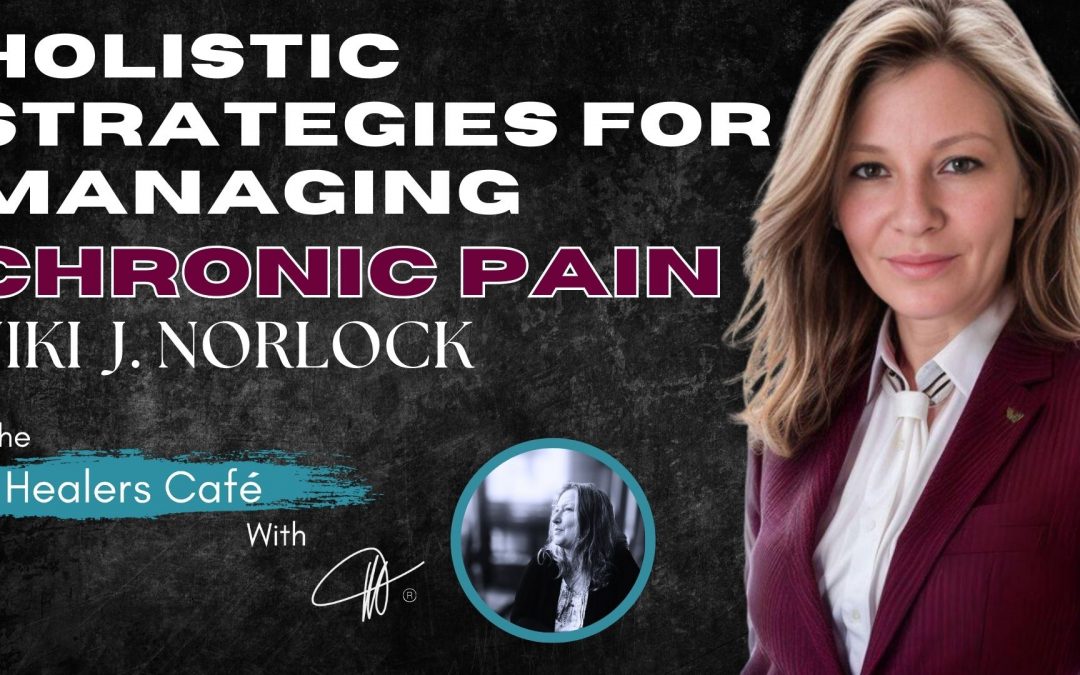
Niki J Norlock
Addressing Chronic Pain: Physical, Mental, and Emotional Solutions Explored
In this episode of The Healers Café, Manon Bolliger, FCAH, RBHT (facilitator and retired naturopath with 30+ years of practice) speaks with Niki J. Norlock about overcoming chronic pain and addiction naturally.
Highlights from today’s episode include:
Niki J Norlock 07:19
Well, one of the things that I found is that I had to take a really close look at my life, my habits, my lifestyle choices, who I had allowed into my life, and I started making some serious changes.
Niki J Norlock 17:38
I think it becomes really important for you to get to know yourself and to follow your intuition and your inner guidance. Part of my personal journey has been to connect to spirit, and I never expected that to be such an integral part of this journey that I’m on.
– – – – –
Niki J Norlock
If your guru says they have all the answers, they’re not a guru, because you have all the answers within you. You carry the knowledge within you. You know what your body wants and needs, and all you need to do is begin a conversation with your body.
ABOUT NIKI J. NORLOCK:
The Truth series is nothing more, nothing less than the evolution of a soul, the opening of a heart, the healing of a body, the expansion of a mind and finally, the freeing of a spirit.
After losing the majority of her immediate family to illness, losing her marriage to dis-ease, losing her freedom to the physical powers that be and finally her health to a broken spine and a broken heart, there seemed no other option but a graceful exit… The Spirit however, did not agree with the flesh and her request for death was bluntly denied. In one final act of desperation, she lay awake late one night and cried to the heavens ‘I give up – show me the way – lead me and I will, without question, follow’.
She followed…. and she’s been asking questions and writing down the answers ever since.
Core purpose/passion: LIFE!! I am passionate about being the beay possible version of me that I can be.
Website | Facebook | Instagram | LinkedIn | YouTube | Tiktok | Twitter |
ABOUT MANON BOLLIGER, FCAH, RBHT
As a recently De-Registered board-certified naturopathic physician & in practice since 1992, I’ve seen an average of 150 patients per week and have helped people ranging from rural farmers in Nova Scotia to stressed out CEOs in Toronto to tri-athletes here in Vancouver.
My resolve to educate, empower and engage people to take charge of their own health is evident in my best-selling books: ‘What Patients Don’t Say if Doctors Don’t Ask: The Mindful Patient-Doctor Relationship’ and ‘A Healer in Every Household: Simple Solutions for Stress’. I also teach BowenFirst™ Therapy through Bowen College and hold transformational workshops to achieve these goals.
So, when I share with you that LISTENING to Your body is a game changer in the healing process, I am speaking from expertise and direct experience”.
Mission: A Healer in Every Household!
For more great information to go to her weekly blog: http://bowencollege.com/blog.
For tips on health & healing go to: https://www.drmanonbolliger.com/tips
SOCIAL MEDIA:
– Linktr.ee | Rumble | Gettr | Facebook | Instagram | LinkedIn | YouTube | Twitter |
About The Healers Café:
Manon’s show is the #1 show for medical practitioners and holistic healers to have heart to heart conversations about their day to day lives.
Subscribe and review on your favourite platform:
iTunes | Google Play | Spotify | Libsyn | iHeartRadio | Gaana | The Healers Cafe | Radio.com | Medioq | Audacy |
Follow The Healers Café on FB: https://www.facebook.com/thehealerscafe
Remember to subscribe if you like our videos. Click the bell if you want to be one of the first people notified of a new release.
* De-Registered, revoked & retired naturopathic physician after 30 years of practice in healthcare. Now resourceful & resolved to share with you all the tools to take care of your health & vitality!
TRANSCRIPT
Introduction 00:00
Welcome to the Healers Café. The number one show for medical practitioners and holistic healers, to have heart to heart conversations about their day to day lives, while sharing their expertise for improving your health and wellness.
Manon Bolliger 00:19
So welcome to the Healers Cafe. And today I have with me Niki Norlock, and she is is going to be sharing her experience of dealing with pain and with everything she has gone through. And she is currently in a position where she is helping people. So welcome Niki, and let me start really what got you…I mean, it’s quite a journey you went through. What got you into…yeah, I guess the importance of healing and the understanding of that process and all of that.
Niki J Norlock 01:04
Well, what got me there is that my Canadian medical health care, I call them the sick care system, didn’t have the answers that I needed in order to get well. Their answer to me was, you’re going to be in a wheelchair by the time you’re in your 30s. That was not an acceptable answer to me. To just to sum it all up, so what happened is my parents passed away. I ended up separated, divorced, broke my back, all in one year, decided to go back to college for mechanics. I already have a journalism degree, and about six months into the program, the back pain I had been experiencing now had spread to my arms and my legs, and I was having trouble walking, at which point, my doctor finally decided to do a scan on my back and discover that I had a fracture that had healed, and I now had a herniation above it and below it, and multiple pinched nerves. My muscles were seized from my ankles to my neck because I had not been treated properly. My doctor had assumed that my body pain was coming from depression because my parents had just passed away. I had not been in an accident, so that’s why he didn’t catch the fact that my back was fractured, but I had been moving a fridge, and I caught it as it was trying to fall, starting to fall. And I’m little. I’m five foot one and a half and about 115 pounds, so I probably shouldn’t have been trying to catch the fridge. The gist of it is, you know, once I got to seeing a bunch of specialists, you know, I mean, I saw several different neurosurgeons, several different pain specialists, I finally met this amazing woman who completely redefined for me my beliefs around ……
Read more...
the concept of pain. So she was 80 something years old, still practicing medicine, and the only reason she was still practicing is because she was in experimental medicine. She was the best in her field at the time, and I still remember her name. She was amazing. Her first question to me when I walked into her office was, do you want to get better? And she explained to me that, depending on my answer, is whether or not she would take me on as a patient, because, as she explained after I answered, well, yes, of course, I want to get better. I mean, I’m late 20s. I have a young child at home, and I want my quality of life back. This is not the life I want. You know, teach me. She said, Well, 99% of healing is up here. She said, the rest is the things you do physically. She said, but if you don’t have the strength and fortitude, the mental strength and fortitude, and the desire and the motivation to go through the process of healing, then you’re not going to heal. And she explained to me that she would help me and assist me through that process, but she would only be one of many, and that it would be a journey, and it would take time, and I would need to have patience. And she was right. She started with 24 injections of Botox needles deep tissue into my back muscles, which got the muscles to relax. Once the muscles relaxed, then I was able to begin physiotherapy, yoga, the things that actually help my body to heal. That’s when I started also studying nutrition. And because a lot of my pain is nerve based pain, because I have several pinched nerves, I also started studying the central nervous system and how it works. And I discovered through that that it’s this moment where your body has said, Okay, enough’s enough. I can’t take anymore. And it goes into what’s called fight or flight, and it gets stuck there. So sounds are louder, lights are brighter, pain feels more intense. I mean, I was at the point where somebody could just brush their hand along my arm, and that would actually, I would interpret that as pain. My body was so sensitive to everything. So mission number was one was to get myself out of fight or flight, and I began studying how to do that. And that is what I work with. When I work with chronic pain patients, is teaching them the steps that it takes to get out of fight or flight and get their quality of life back. The key is it has to come from them first, and the second key is there’s going to be many, many helpers along the way. It’s not this or that. It’s this and that. So.
Manon Bolliger 06:23
Yeah, I can, I mean, I can acknowledge that that statement quite well. I mean, I in, in the practice I had, the first thing is to deal with this fight and flight and recalibrate the sympathetic and parasympathetic. So because the thing is, it doesn’t, you can’t start healing when you’re in sympathetic overdrive. You must be in parasympathetic and the body doesn’t know what that is when it’s constantly in pain. So no, I think that’s definitely pivotal as a first step. And in my practice, we used something called Bowen therapy. I don’t know if you’ve heard about it, but there’s many other things that put you in this, you know, parasympathetic state. So what have you found that has been effective to do that for you?
Niki J Norlock 07:19
Well, one of the things that I found is that I had to take a really close look at my life, my habits, my lifestyle choices, who I had allowed into my life, and I started making some serious changes. I changed my job and I started doing something I loved. I changed my diet and I started eating healthier. I changed my morning routine, where it used to be get up, have a coffee and a cigarette. Now it’s get up, have some green tea, take my dog for a walk and then do yoga, which is actually, in my case, a mixture of physiotherapy and yoga. I’m very careful about my diet. Now I do have what I would call cheat days, but I don’t call them cheat days. They’re just days off of my regular routine, little mini vacays, because you can’t live unhappily. And that’s the key you have to find a way to balance this all out, these changes that you need to make within yourself and within your external world. They they can be quite drastic at times. You know, I’ve had to let go of a lot of people who were toxic to me and I didn’t realize how big of an impact their toxicity had on my well being, my physical well being, my emotional well being, my mental well being. And as I began to let go of toxic people, I started discovering that my pain levels were starting to drop. As I changed my diet, my pain levels dropped more. As I changed my environment, my pain levels dropped more and my nervous system just settled itself down because it no longer felt threatened. And once it no longer felt threatened, then the pain went away. I’m currently, you know, I mean, and my doctors would be, my doctor is shocked. I’m still in touch with my nurse from back in Canada. I’m currently living in Mexico. My doctor is shocked but I’m currently riding around Mexico on a motorcycle filming it.
Manon Bolliger 09:40
Yeah, I…
Niki J Norlock 09:41
It should be impossible, given the damage that was done to my spine. But I don’t do impossible. No, I just the last thing I was gonna say, I believe everyone can heal, right?
Manon Bolliger 10:02
Yeah. And I would second that for sure. I was curious how much has, sort of, because I saw you have a lot of, you know, videos about your journey, starting with one that, you know, it’s like, whoa. This is where it all begins. And then it kind of, you know, I’m doing this, and then, you know, kind of updating a little bit the situation. But how important has that part of the sort of the writing of your journey, the videoing of of it, like, how important is that to your healing path. Oh Happy birthday.
Niki J Norlock 10:42
I think honestly, and this is me being brutally honest. I think the hardest part of what I do to be honest. I find social media to be quite daunting and challenging to keep up with. However, I know that my story has something to offer people, and so I’ve made a compromise, and that compromise is there are certain parts of my life that I keep to myself. You know, our home life, my relationship with my love, these things are kept private for me, but I will openly talk about my addictions, my chronic pain, recovery, I even lost my memory at some point along the way. I think 2017 I lost my memory due to sleep deprivation, due to untreated pain, because my back had been re damaged, and again, the doctors didn’t check it. They thought I was pill popping. They thought I was after opioids. I just wanted to be out of pain. So, you know, I finally found a doctor who was willing to do a scan, and they found way more herniations and compressed discs and more pinched nerves. And so I had to go through the process again, the social media work that I do. It’s more about me just being out there and allowing people in and showing them that this is possible, because their journey is not going to be my journey. Everybody’s journey is unique, and that’s where Western medicine has has kind of fallen off the card, so to speak. They tend to have one size fits all solutions to illness, and that cannot and is not the case when it comes to health and wellness. Each individual is just that an individual, and they need to be treated as such. And so it takes time, because you have to look inside, you have to look at your life, and you need help to do these things, and you need support. This is not a journey I recommend someone trying to take on alone, you know. And there are a ton of people out there willing to help. And that’s the beauty of it. The books that I write are about how easily those answers flowed to me once I opened myself up to the question, you know, how do I get better? How do I get stronger? And the answers just came, the right people came into my life at the right time, and each step I documented and will eventually be published in the series, the true series that I’m working on. But the gist of it is, the most important thing I’ve learned is that, number one, you can’t do this unless you decide that it is what you want above all else, this needs to be your priority. You need to be your priority, and that is step number one. Step number two is you need to be willing to accept help, and once you and it’s very hard for people to do that, because we’re raised to believe that weakness and asking for help makes us vulnerable, and vulnerability is dangerous, but that is simply not the case. Vulnerability actually is a superpower. And so when we allow ourselves to open ourselves up, ask for the help that we need, the help is given. The answers come and we take that journey. And as we take the journey, we grow and we learn and we become, each day, a better version of us. And you go from where I was lying on the bathroom floor at night, curled up in a ball screaming to God, to like, let me die, to where I am now, living in Mexico, five minute walk away from the beach. You know, I’m super happy, we live in a beach city, and, you know, I get to write books and create art for a living, and I’m perfectly mobile. I can I lift weights, I ride motorcycles. I do crazy stuff, like, you know, zip lining and jump off cliffs, so, so, and I’m 48 years old. I turned 49 tomorrow. Thank you. And I’m still doing all of these things. And that’s, that’s, that’s the third part of it. A lot of people believe that there’s a certain point in their age where there’s no longer a chance or an opportunity for them to be to recover. And I simply don’t believe that.
Manon Bolliger 15:34
Yeah, I mean, there’s so many beliefs that have become our unconscious beliefs because they’re part of the propaganda of a sick making society, you know? So, I totally see what you’re saying. I was thinking on one point you made that, you know, it’s hard to accept help, or at least we’re told that, you know vulnerability can be damaging, or that it’s a sign of weakness, or all of that, right? But I was wondering too, you know, there’s also knowing your boundaries about help.
Commercial Break 16:14
What would your life be like if you were pain free, if you were one of the millions who suffer from chronic pain, the thought of just one day without it may seem impossible. This is often because conventional medicine tends to fall short in the treatment of pain, opting to prescribe pills or recommend surgery rather than getting to the root cause of the problem. But if you are suffering with emotional or physical pain, there is hope. Join the founder and CEO of Bowen College, Manon Bolliger, live online for your body mind reboot. Learn how to listen to your symptoms and get to the root cause of your pain, plus be trained in basic Bowen therapy moves so that you can reboot your body for optimal health. You don’t have to live in pain. You can heal, stop the pain pill cycle by visiting www.yourbodymindreboot.com to learn more and to register.
Manon Bolliger 17:24
Right, because there’s a lot of people that are more than happy to help, but they’ve got their own well meaning agenda, but they’re not necessarily yours. Can you talk to that a little bit?
Niki J Norlock 17:38
I think it becomes really important for you to get to know yourself and to follow your intuition and your inner guidance. Part of my personal journey has been to connect to spirit, and I never expected that to be such an integral part of this journey that I’m on. However, that connection to spirit has led me to the right people at the right time, and you really do have to be discerning, because there are people who will offer help and they don’t have your best interests at heart. There’s a very quick way for you to figure this out. If your guru says they have all the answers, they’re not a guru, because you have all the answers within you. You carry the knowledge within you. You know what your body wants and needs, and all you need to do is begin a conversation with your body. And that’s probably, you know, item number four is that body communication is entangled to healing, and that means that you have to, yes, get in the habit of talking to, learning about, and exploring your body’s wants and needs and it is, at first, a little daunting. However, I have seen some remarkable things come out of this. I taught this technique to a friend of mine, and she wanted to test it. So she needed to get a tooth pulled, but she also needed to work the next day. She’s an actress, and she works as she’s working as an extra, and she could not show you know, she had to go. So she decided, Okay, I’m going to make a deal with my body. And the tooth was pulled. And so she told her body, listen, I know there’s a huge hole in my mouth. I get it, but the hole is there because the tooth was poisoning me, poisoning us. How about you lay off the pain signals for a little while, because I know the tooth hole is there and I’m going to take really good care of it, if you allow me to do my job and just bring back the pain signals, if the tooth if something goes wrong, if I get an infection, or if I need to be made aware of that hole again. Please, by all means, bring me back. And this is this conversation that she had with her body, and no word of lie. She came out of her room, and she’s like, Nikki, the pain’s gone. And I’m like, seriously, it worked that fast. She said like that. It was instant. And she said it was, it was about her making a deal with her body, her having body communication. And it was incredible to witness. She went to work, she came back, she wasn’t in any pain. She, you know, I’ve used the trick myself. I, you know, I’ll talk to my body in the morning. Okay, today, body, we’ve got a lot to accomplish, but I promise you that tomorrow I will rest, so I don’t need the back pain to remind me that I need the rest, because I’m going to take the rest, and as long as you keep your promise to your body, your body’s not going to start throwing up red flags and trying to get your attention. And that’s really all that pain is, right? I mean, pain is a notification to tell us that something’s wrong that needs to be paid attention to. So if our body knows that we’re paid attention to that thing and we are actively working on the process of healing that thing, then the body is going to, in turn, you know, slow those pain signals down because they’re not…they don’t need to show you anymore, because you’re already listening.
Manon Bolliger 21:29
Yeah, no. I mean, that’s the purpose of it, like you say, right. But it’s interesting. It’s like, if you have the knowledge of this and a loving connection to your body, then there’s no reason why you can’t have that type of conversation. You know, most people look at their bodies like the cause of the problem or something they should hate or put aside or despise because or whatever it caused it or, you know, rather than work with it like a team, you know, it’s like, okay, we’re in this together here. This is my body, after all. So, I mean, it’s really not how we’re trained, right?
Niki J Norlock 22:16
We’re taught the exact opposite. I mean, we’re taught to say things like, my back is killing me. You know my, my, my body is my, my body is is fighting against me. These are normal things that people say to themselves every day. And I just want to remind people your body is listening.
Manon Bolliger 22:39
Yes, exactly. Actually, that’s the title of my book.
Niki J Norlock 22:44
Never, never see anything to never say anything to yourself or your body that you would not say to a small child.
Manon Bolliger 22:52
Yeah. Well, I think that’s very good advice. Yeah. So one thing that seemed like surprising to you, and I’m not sure why, maybe your background, or your belief systems at the time, or whatever it is, but it’s this, the spiritual part. Can you kind of walk us through a little bit the impact and how you allowed that part, you know? Because I think it’s there, just like the bodies there to be loved. But we have a lot of beliefs about beliefs, right?
Niki J Norlock 23:32
Beliefs layered upon beliefs, layered upon beliefs. Yes, we do.
Manon Bolliger 23:36
So what was your…yeah, how did it happen for you in a way that, I mean, I’m assuming you weren’t at some sermon and taking the gobbly gook. I’m sure that’s not how that happened.
Niki J Norlock 23:48
No, I actually, I actually, so I was I was born and raised. I was born Catholic, raised Christian, um, I even taught Sunday School at one point in time, which, you know, people are totally shocked by today. But so I taught Sunday school, and I had these preconceived notions of what God was, and then I threw all of that out with the bathwater. What was this God doing for me? I mean, by the time I was 33 I had buried six grandparents, two dads, one mom and one godmother. I had broken my back, gotten a separation, gotten a divorce, and my father in law had passed away. So, I mean, I was pretty, pretty pissed off at God to be blunt. And for a while, you know, I let that anger simmer within me, but then I got to this point where I realized that I needed to make a change in order to take my life into a more positive direction. I knew that I was doing, what I was supposed to be doing. And this is actually highlighted in the first book I wrote that you can now find on Amazon. It’s called Truth – My Syncromystic Journey, and that is the beginning of the journey. That is my wake up call. And basically what happened is I decided to despite my roots and despite how I’d been taught to pray, I decided to just lie in bed and have a conversation with spirit. And I did that for about two weeks until I realized, well, I wasn’t really offering anything in return. And so I changed it up. I said, you know, look, I need guidance. I want guidance. I want to fulfill my purpose. I want to be more and do more. If you’ll lead the way, I will follow the signs. And if that means I have to give up my way of life here, that’s okay. I will. If that means I have to leave some things behind and change some things about myself and my life, that’s okay. I will. And it was that night I fell asleep the most comforting. I would call it a glowing warmth, and I knew in the morning three things only, I had to go to the Philippines, write a book called Truth and quit my job. And I’ve been following the White Rabbit ever since, and I’ve had some, I’ve had some crazy encounters. I mean, I’ve had priests walk up to me in the Philippines, just out of nowhere, and just like I have a message for you. Wrote about my makeup is tattooed on because one of my eyes, the eyesight, is kind of wonky, and it honestly makes being on camera so much easier. So my tattoo artist that was doing the artwork misses in the weeks leading up to me going to the Philippines to start writing the book, but I had booked that appointment months in advance. She had no idea what I was doing. She had no idea what was going on. And she stops midway, and she looks down at me, and she says, By the way, I’m supposed to tell you, if God opens the door, you’re supposed to walk through it. And I’m because I’m having all these doubts, right? I mean, it’s crazy. What do you mean? You’re going to quit your job, you’re going to go to the Philippines, you go to write a book called Truth. You don’t even know what the book is about, you know? I mean, it seemed insane at the time, and yet it’s what I knew I needed to do. And so I did it. And in the doing of it, I began this walk down one of the strangest paths I have ever walked and yet everything magical and mystical that has happened to me is simply because when the time came, I said yes to change.
Manon Bolliger 27:56
Wow, it’s pretty powerful. Yeah, no, I am, I mean, it’s, it’s the truth of your story, right? But it’s, yeah, I think I rarely get to ask that, you know, because people either assume a type of spirituality, like it’s natural and it’s there, you know, or they have a, you know, a long indoctrinated version of what God is that they will modify over time. And maybe, you know, it may say, Okay, well, it’s not, I guess I don’t have to go through this guy to get there. I could probably talk directly and, you know, and things like that, right?
Niki J Norlock 28:43
Please do. Please, please talk to spirit.
Manon Bolliger 28:46
But, but it’s interesting how it’s also the relationship, which I find interesting is you know you, because there’s a saying, Ask and you shall be given right, or you shall receive whatever, right?
Niki J Norlock 29:01
You said that at 3:33 I just want to take note of that. Because that’s one of my biggest ones, is I tell people all the time, ask and you shall receive it’s not just something somebody wrote down in a book. It’s an actual universal truth.
Manon Bolliger 29:16
Yeah. And the thing is, you don’t want to go in there with the kind of demanding asking. It’s a different mindset. You know, there has to be a like a willingness to to receive and learn, right? It’s kind of…
Niki J Norlock 29:35
An exchange.
Manon Bolliger 29:36
It’s an exchange. Exactly, yeah, no. So I thought you, yeah, you described that beautifully. Anyway, our time is up, so I’m going to leave you already, just maybe a couple things you want to share, and then we’ll close.
Niki J Norlock 29:52
Well I’m easy to find. If you’re looking for me, I do work with chronic pain patients, and you can come. Contact me via my website, which is nikinorlock.com or feenxrising.com F, E, E, N, X, R, I S, I N, G. I’m also on Instagram, tick tock, Facebook, and again, you can find me either under Feenxrising or Niki Norlock. And the book is on Amazon. It’s called Truth, my synchronistic journey. And you know, feel free to reach out if you have questions. If you just go and buy the book and you have questions, don’t don’t hesitate to reach out. If you’re suffering with chronic pain and you don’t know where to start, don’t hesitate to reach out. That’s what I’m here for. That’s what I do.
Manon Bolliger 30:42
Alright. Well, thank you. And yeah, it was very insightful conversation. Thanks a lot.
Niki J Norlock 30:47
Well, thank you for having me on.
Ending
Thank you for joining us at the Healers Cafe. If you haven’t already done so, please like, comment and subscribe with notifications on as I post a new podcast every Wednesday with tons of useful information and tips for natural healing that you won’t want to miss, go to DrManonBolliger.com/tips for more tips
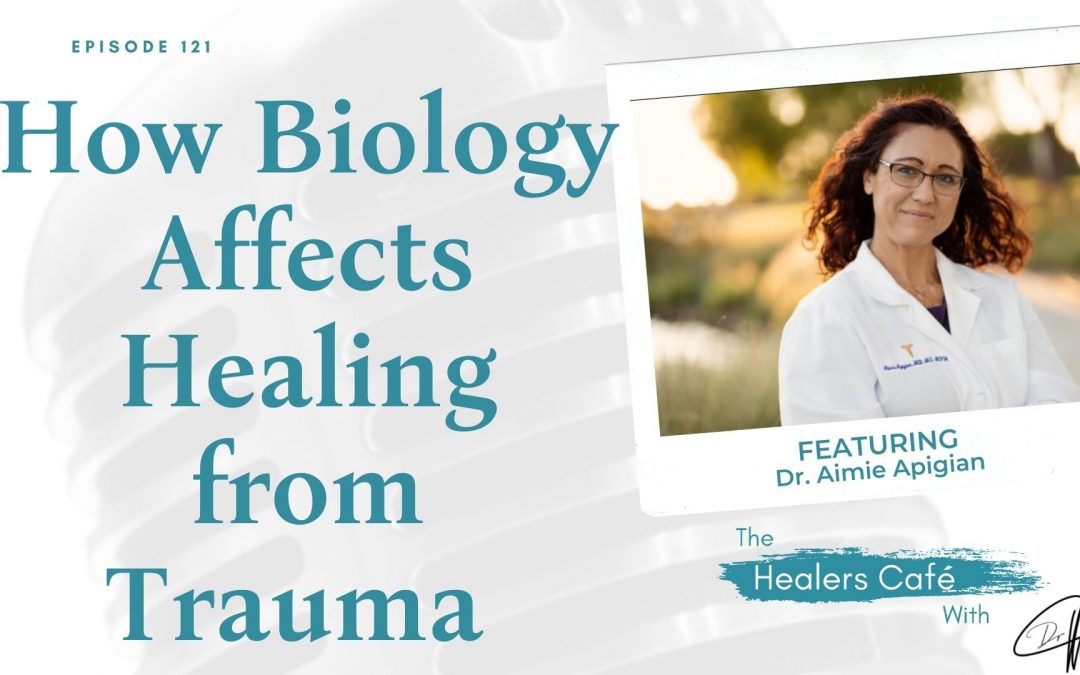
Dr. Aimie Apigian
How Biology Affects Healing from Trauma with Dr. Aimie Apigian on The Healers Café with Manon BolligerIn this episode of The Healers Café, Manon Bolliger (Deregistered naturopath with 30+ years of experience in health) speaks with Dr Aimie Apigian regarding Trauma...
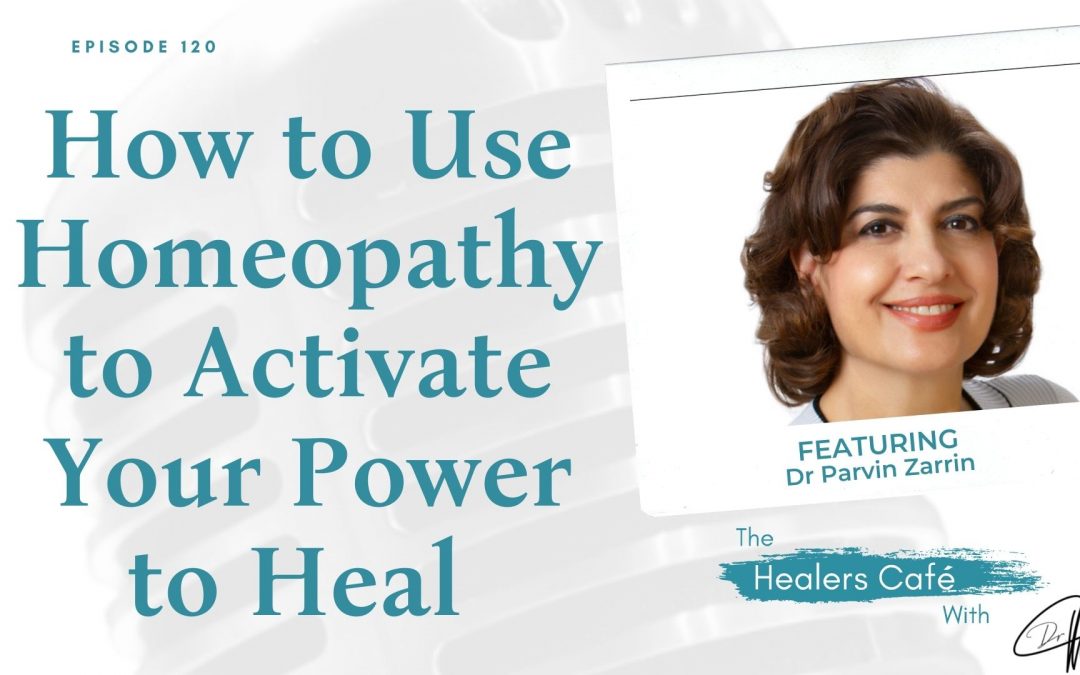
Dr Parvin Zarrin PhD
How to Use Homeopathy to Activate Your Power to Heal with Dr Parvin Zarrin on The Healers Café with Manon BolligerIn this episode of The Healers Café, Manon Bolliger (Deregistered naturopath with 30+ years of experience in health) speaks with Dr Parvin Zarrin a...
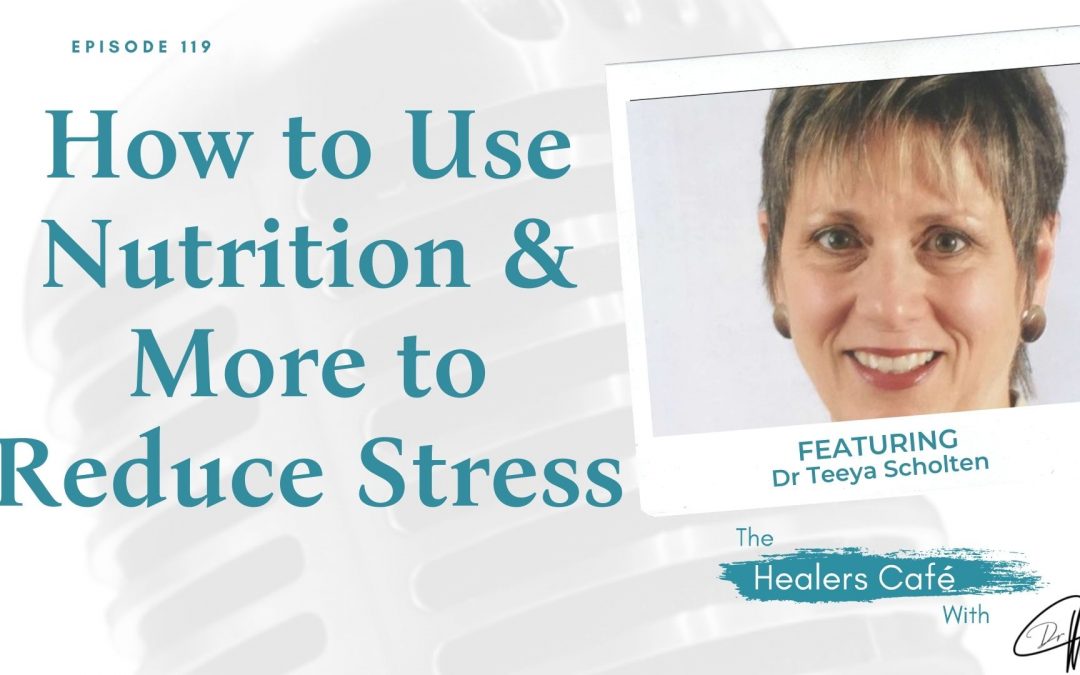
Dr Teeya Scholten
How to Use Nutrition & More to Reduce Stress with Dr Teeya Scholten on The Healers Café with Manon BolligerIn this episode of The Healers Café, Manon Bolliger (Deregistered naturopath with 30+ years of experience in health) speaks with Dr Teeya Scholten, Founder and...
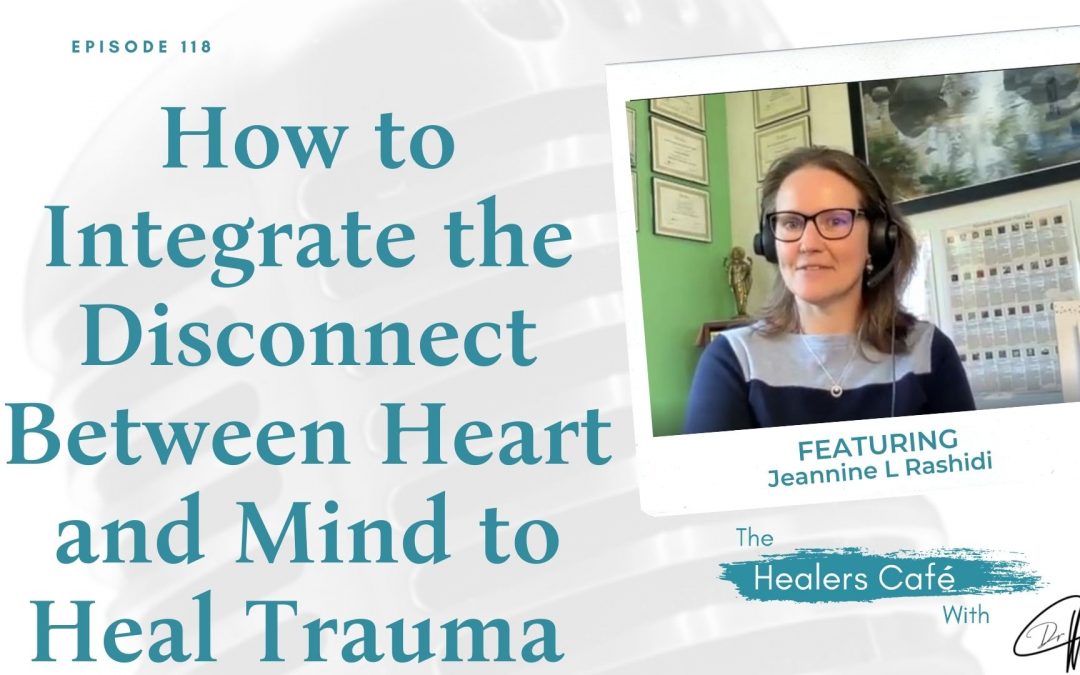
Jeannine L Rashidi
How to Integrate the Disconnect Between Heart and Mind to Heal Trauma with Jeannine L Rashidi on The Healers Café with Manon BolligerIn this episode of The Healers Café, Manon Bolliger (Deregistered naturopath with 30+ years of experience in health) speaks with...
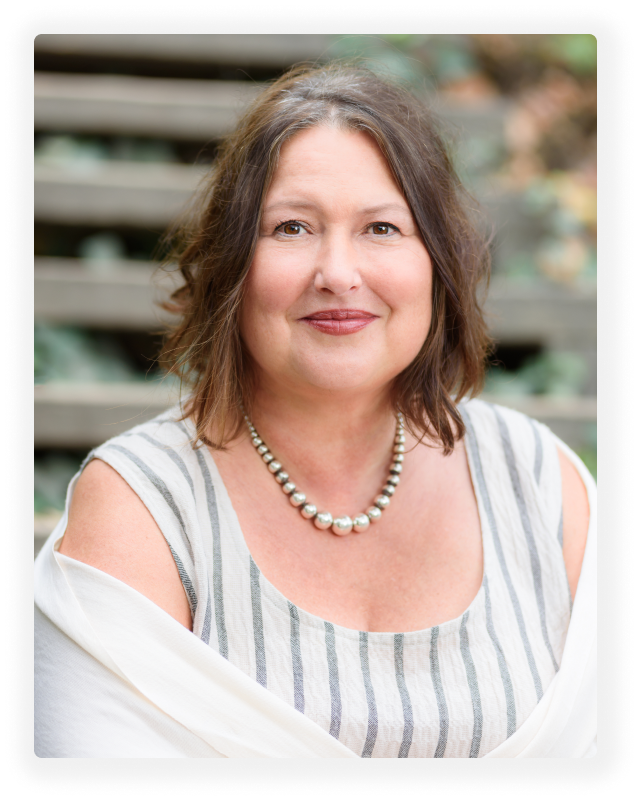
A Better Way To Connect With People
Manon is a newly retired Naturopathic Doctor, the Founder of Bowen College, an International Speaker, she did a TEDxTenayaPaseo (2021) talk “Your Body is Smarter Than You Think. Why Aren’t You Listening?” in Jan 2021, and is the author of 2 Amazon best-selling books “What Patient’s Don’t Say if Doctors Don’t Ask” & “A Healer in Every Household”.
FollOW MANON ON SOCIAL MEDIA
Manon Bolliger, FCAH, RBHT
Facilitator, Retired naturopath with 30+ years of practice, Business & Life Coach, International & TEDxTenayaPaseo (2021) Speaker, Educator, 2x Best Selling Author, Podcaster, Law Graduate and the CEO & Founder of The Bowen College Inc.
* Deregistered, revoked & retired naturopathic physician after 30 years of practice. Now resourceful & resolved to share with you all the tools to take care of your health & vitality!
![]()
